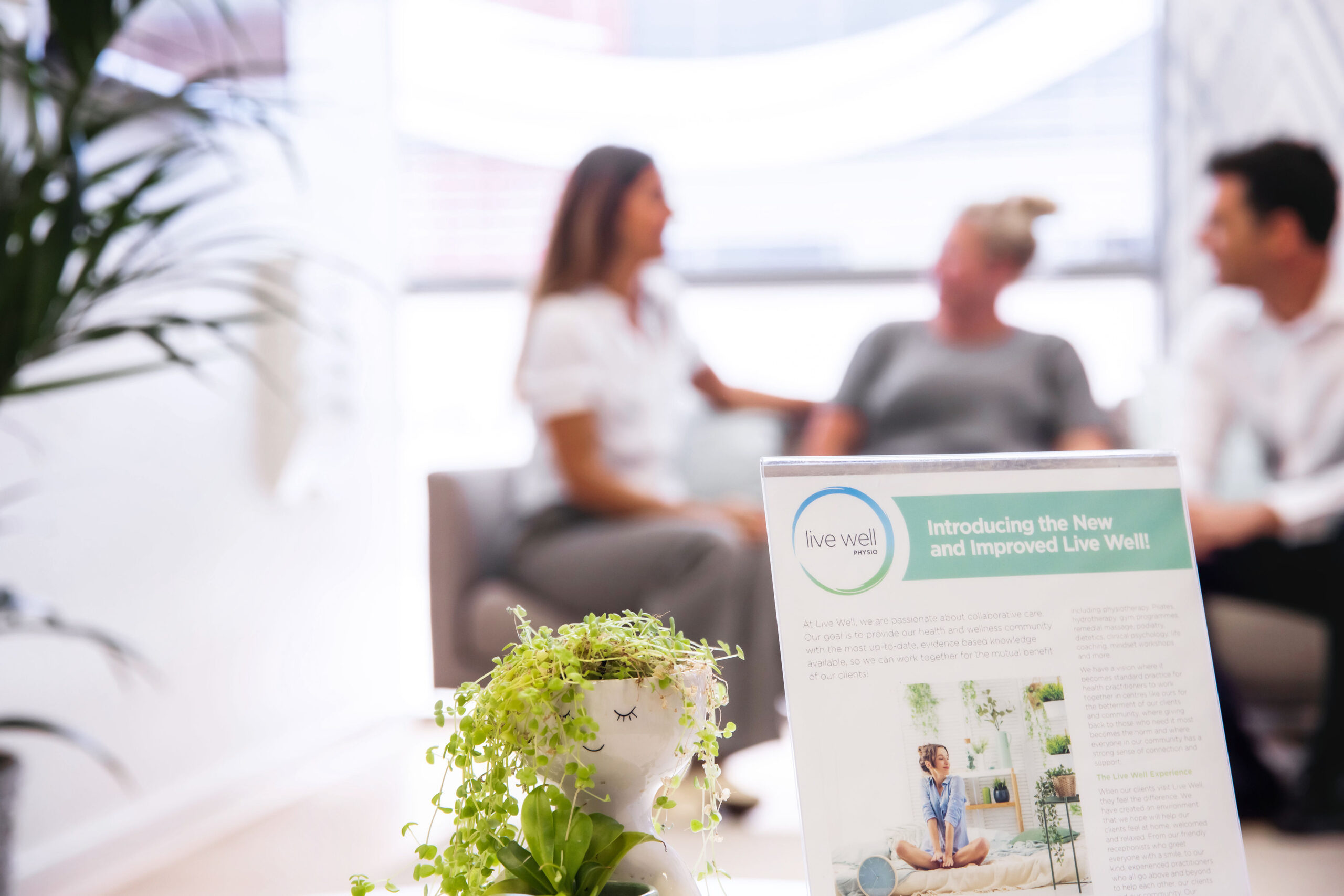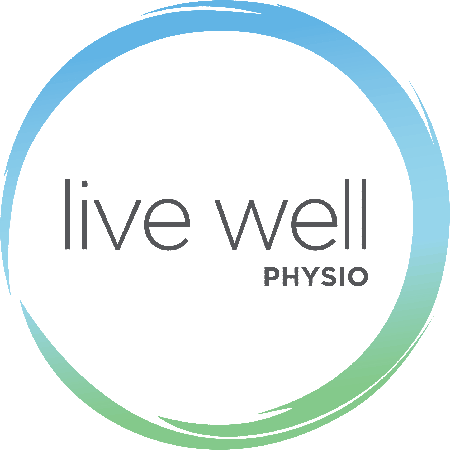I have finally discovered my ideal form of exercise. I do it lying down! Too good to be true?
Clinical Pilates – The Little Known Secret And How It Stopped Me From “Falling Apart”
I have finally discovered my ideal form of exercise. I do it lying down! Too good to be true? It is every bit true and it’s fun. I signed up for Clinical Pilates and here is the story, of how I discovered that it’s a thing.
Gym Memberships Do Not Work For Me
I’ve never been sporty. I hated Phys. Ed. at school. Even my young and handsome 21 year old PE teacher was not enough to inspire teenage me to love any form of team sport. The only thing I didn’t mind was volleyball. I was actually reasonably good at it too.
I loved jazz ballet and aerobics when they were popular and available activities in my community. I love going for beach walks to keep fit. I have also been known to take out the occasional gym membership but they have rarely worked for me. Of course, I discovered that they probably would have worked if I had bothered to go. I thought you just had to join the gym to get fit! Kidding aside, you would think that I would learn. I usually start with a three-month membership. It’s a test I set myself to see if I’ll go. I do. Five times a week! Then I join for twelve months and never go again! I’ve always been obsessive about exercise. I obsessively did it or I obsessively didn’t do it.
I Was Falling Apart – The Suddenness of My Down Hill Slide
For quite a long time, I began the downhill slide into feeling physically ancient without realising it. By that I mean, my lower back started to ache, my hips started to hurt when I walked for any distance, and I just felt like I was falling apart. The pain I was feeling put me off doing any form of exercise. When I stopped exercising I started feeling low. It was the middle of winter, this year and I couldn’t or wouldn’t go for beach walks, so I gradually felt worse and worse.
Eventually, I reached the point where I had just had enough. My self-talk kicked in and I reminded myself of the benefits exercise provides for fixing bad moods, so I went along to the gym that my oldest daughter goes to, and did a trial Konga class. I enjoyed it, it reminded me of Aerobics classes, so I signed up for a twelve-month membership!
Of course I did! You already know what happens next.
The third time I went, I couldn’t hear the instructions above the music because this particular instructor didn’t like using a microphone. There were too many people there and there were a couple of women – a mother and daughter – who were aggressively competing for my space. I walked out half way through the class. I never went back. .
I was aching constantly and so in a concerted effort to get fit and overcome all of these negative feelings, I decided to try a Pump Class instead. I yanked up the weights during my second class, and I think that was the straw that broke the camel’s back. My already persistently achy neck and shoulders were now extremely painful. I couldn’t turn my head normally and my shoulders hurt. I woke up in the mornings in pain! A lot. I had to find a physiotherapist and book an appointment.
And Just Like Magic
A friend recommended Amy, one of the Principal physiotherapists at
Live Well, and so I went for a series of appointments until I no longer felt excruciating pain anymore. Each time resulted in a marked improvement. I do of course know that physiotherapy is a science based practice, but, for me, it was pure magic.
I began to combine this treatment with remedial massage, and these two treatments helped immensely. I now wonder what planet I was on. People must know about this stuff, but clearly I missed the memo on this one! I had to come to terms with the fact that I now needed to develop some core strength, flexibility and tone, in order to avoid continuing and indefinite treatment.
Clinical Pilates room at Live Well – the equipment supports the body and resistance is controlled by machines not body weight.
Clinical Pilates Versus Mat Pilates
Before I started, I had heard of Pilates, but had no idea of the difference between Mat Pilates and Clinical Pilates. Since I have been telling others about my Clinical Pilates sessions, I’ve found that many people don’t know either.
Clinical Pilates, like Mat Pilates, focuses on core stability as well as improving posture, strength and flexibility. The major difference is that Clinical Pilates is an individualised programme that is designed to target specific injuries. A consultation with a physiotherapist is necessary so that key issues can be identified and carefully chosen exercises can be applied to each patient. Exercises are performed using reformers and other smaller equipment. Mat Pilates exercises utilise body weight to create resistance and all exercises are performed on a mat using smaller equipment.
The sessions that I attend have a maximum of three people to one physiotherapist who carefully instructs and supervises to ensure that each person makes optimal gains and minimises the possibility of any aggravation to their injuries or weak areas.
Even though many of the exercises I have in my plan, are performed lying down, I can’t be lazy at my Clinical Pilates sessions. Unlike Mat Pilates, which is a more generic and larger group form of Pilates, I have a scheduled appointment, so I have to go. There is nowhere to hide in the room where I do Pilates! It’s a cosy size and the attention is personal. It might look, to the fly on the wall, like a slow and leisurely range of exercises, but the next day, I definitely know that my body has been challenged to strengthen and tone.
One of the great things about Clinical Pilates is that, depending on your health fund, rebates are possible.
I have recently begun to incorporate Clinical Pilates with group yoga at the gym I bought a membership for, and these together with beach walking, have created an enjoyable exercise regime that makes me feel so much better. My sleep has improved, and I no longer ache in the mornings when I get out of bed. So if you’re achy like I was, I’d highly recommend giving Clinical Pilates a go.
Article written by Andrea,
My House Near the Beach







